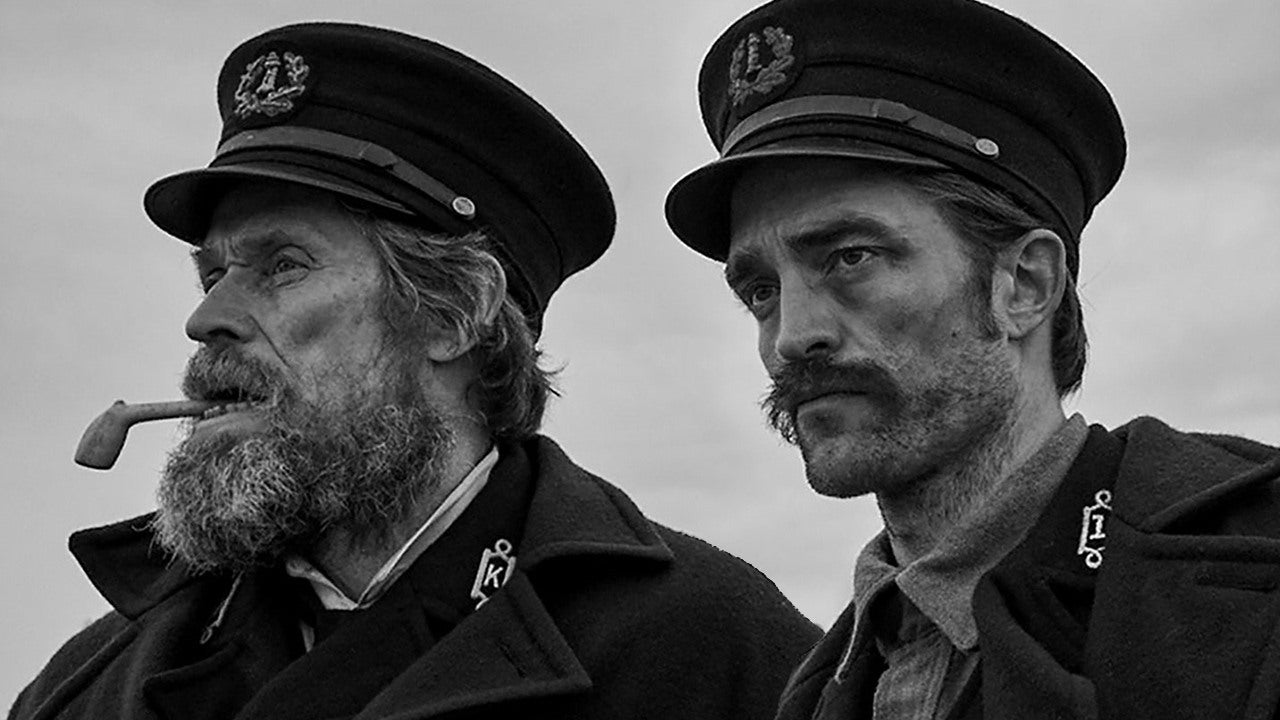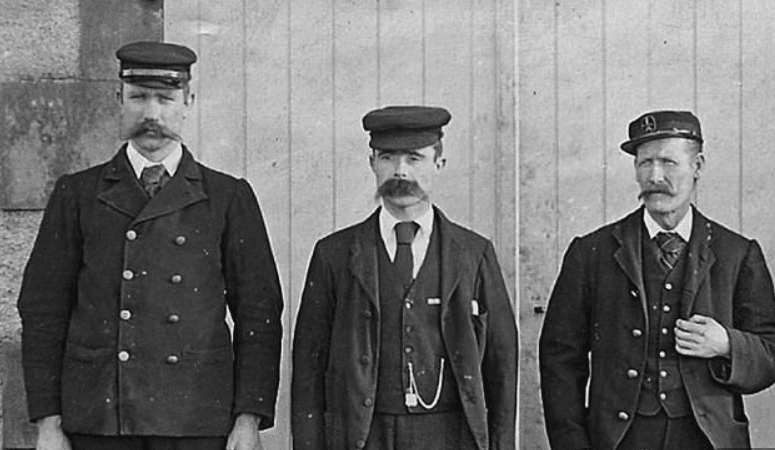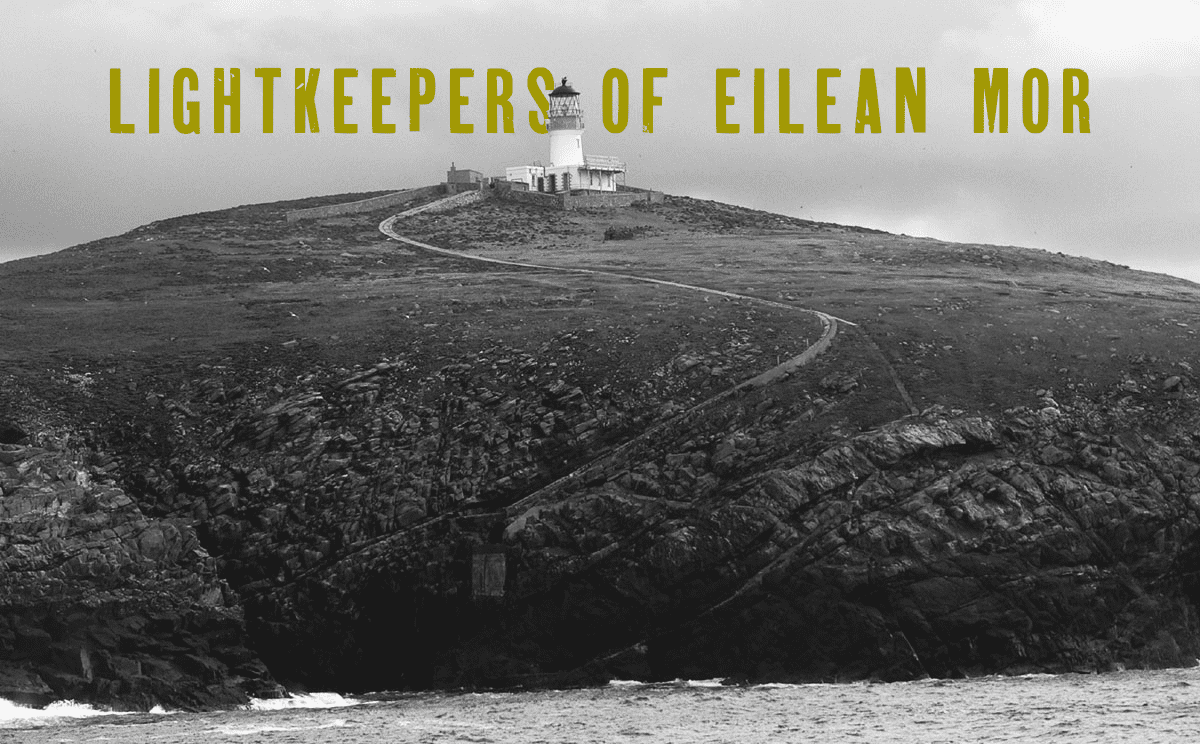On the boxing day of 1900, HMS Hesperus made her way to the Flannan Isles, a rocky island formation off the coast of Scotland. Of the Flannan Isles, Eilean Mor was the most famous of them, for she boasted a brand-new lighthouse. The locals of Scotland were already familiar with Eilean Mor because even before the advent of the lighthouse, despite the rocky shores and cliffs, the island provided a lush grazing field for livestock like no other.
The island was not a recent discovery, either. It first came to mainstream attention after Saint Flannan had built a chapel on it. However, despite the lush landscape, there was something dark lurking around. Even as early as the 1500s, the locals used to be terrified of the island, as they believed spirits of lost sailors haunted the jiggered rocks after nightfall. However, despite these hauntings, the lighthouse of Eilean Mor would go on to become the most feared one for a completely different case. A case that remains unsolved to this day.
Cold Nights and Rogue Waves
As HMS Hesperus docked near the lighthouse, red flags were already popping up. Despite it being the only manned lighthouse in the vicinity, no ensigns were flying on the masts, no crates were on the shores, waiting to be restocked, and, most unsettling of all, no Lightkeepers had arrived to welcome them, as was customary. Though the crew of the ship was already unnerved, the relief keeper on board, Joseph Moore, had expected trouble.
The light had not been manned for more than a week.
The first report of something unnatural going on at the lighthouse was reported on the 15th of December 1900 by the steamer Archtor, which was en route from Philadelphia to Leith. As the ship passed the Flannan Isles, the crew reported that the new lighthouse did not have her light in operation; despite the poor weather, which was in direct violation of the protocol.
Jim Harvie, the captain of Hesperus, tried to get the lightkeepers’ attention by blowing the ship’s horn, but there was no acknowledgment from the island. Soon, Moore ventured out alone on a small boat as the seagulls squalled over the seemingly abandoned lighthouse.
Upon getting to the lighthouse, Moore found the compound and the main door closed, and the beds unmade. Unnervingly, all the clocks had stopped, too. He rushed back to Hesperus and informed the captain, who sent two of his men with Moore. The three returned to the lighthouse and were met with even stranger sights: the lamps had been cleaned and refilled. There was also a lone oilskin on the hook, suggesting that one of the lightkeepers had ventured out without them. And in the kitchen, a half-eaten dinner was on the table, suggesting that the lightkeepers had left in a hurry. However, the most unsettling of all was the log entries found on the official log.

For example, on the night of 12th December, Thomas Marshall, the second assistant in charge of the lighthouse, wrote of severe winds, the likes of which I have never seen before in twenty years. He also noted that James Ducat, the Principal Keeper of Eilean, had been very quiet and that the third assistant, William McArthur, a hardened seaman, was found crying.
Log entries from the 13th of December further state that the storm was still raging, and the men were huddled together, praying. The last of these ominous entries is on 15th December, and it reads, Storm ended, sea calm. God is over all.
The three reported the findings to the captain, who telegraphed the Northern Lighthouse Board, under which the lighthouse was operational. The telegraph reads: A dreadful accident has happened at the Flannans. The three keepers, Ducat, Marshall, and the Occasional have disappeared from the Island… The clocks were stopped, and other signs indicated that the accident must have happened about a week ago. Poor fellows, they must have been blown over the cliffs or drowned trying to secure a crane.
Moore and three other seamen volunteered to stay back, despite being shaken to the core. After all, the lighthouse needed to be functional. Until an investigating team from the mainland arrived on the 29th of December 1900, the men searched every accessible inch of the island, but the three lightkeepers of Eilean Mor were never seen again.
Possible Explanations and Theories
When the investigating team from Northern Lighthouse Board arrived, they made some interesting findings. Despite the East Landing being in pretty good shape, the West Landing provided considerable evidence of damage caused by recent storms. A box that was held at 33 meters above sea level had been broken, and its contents were strewn across the rocks. Iron railings over the platform were bent over, the iron railway by the path was wrenched out of its concrete, and a rock weighing more than a ton had fallen off the cliff. And on top of the cliff, a turf that was placed at 60 meters had been completely ripped off. All these pointed fingers at a single culprit: rogue waves.

The official investigation soon wrapped up, stating that the men were swept overboard by rogue waves after they had inadvertently tried to secure a crane in bad weather. However, some glaring details strike out, not quite fitting in. The men were experienced seamen, so what had lured them out of the safety of the lighthouse in a storm? Why were they crying and praying? But the most unnerving part of all, the storm mentioned in the log, never took place. The storm didn’t hit the island until the 17th of December, and by all accounts, the sea was remarkably calm on the week leading to December 15th.
Over the decades, many theories had been put forward, with locals and lightkeepers stating that they had seen the men in the waves and that the island was frequented by a large Sea Serpent. Other sailors speculate that the three were taken by the crew of a phantom boat, while some also suggest that McArthur, who had been stationed on the island for quite a while, went insane and killed his companions before jumping into the sea. Whatever the theories are, what happened on Eilean Mor that fateful day remains unsolved.




